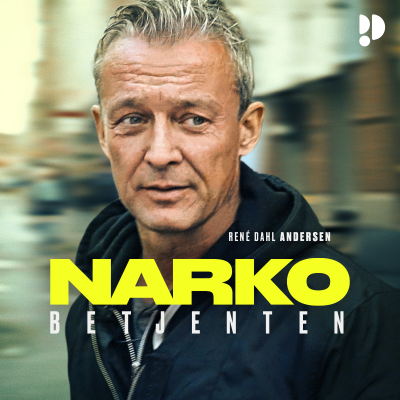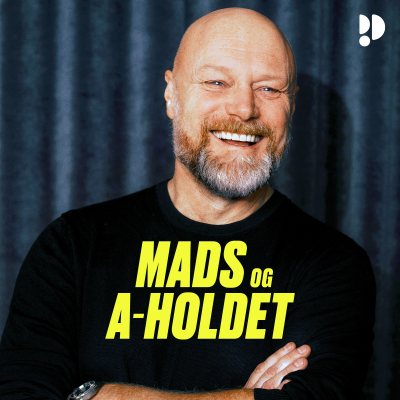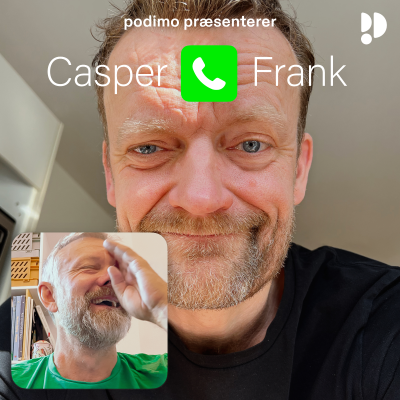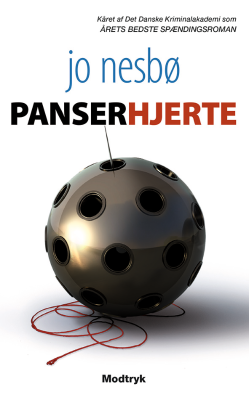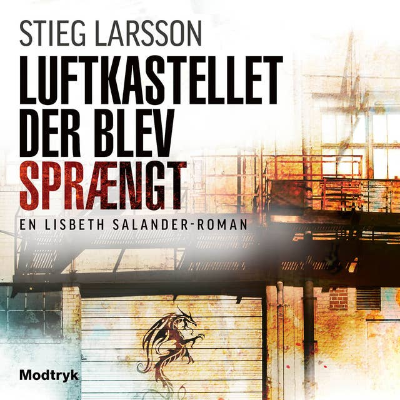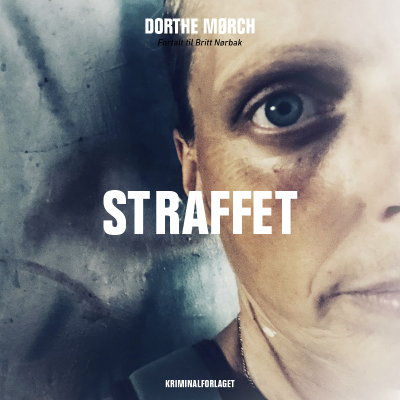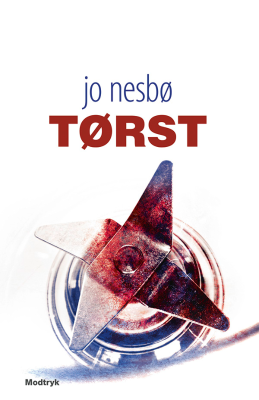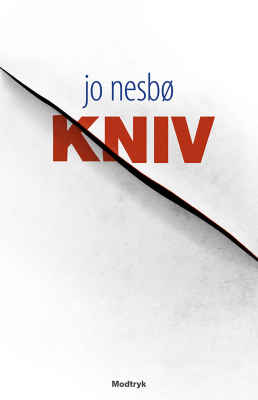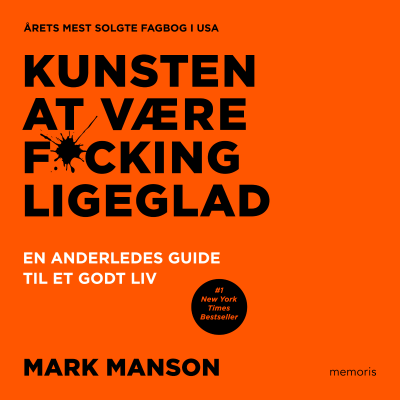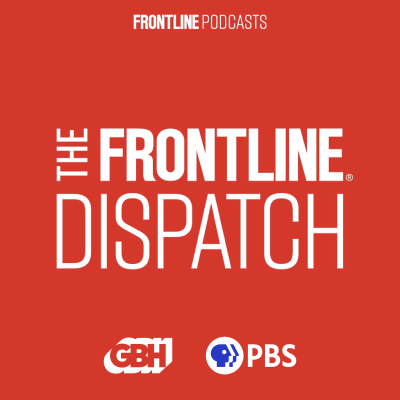
The FRONTLINE Dispatch
Podcast af GBH
Begrænset tilbud
1 måned kun 9 kr.
Derefter 99 kr. / månedIngen binding.
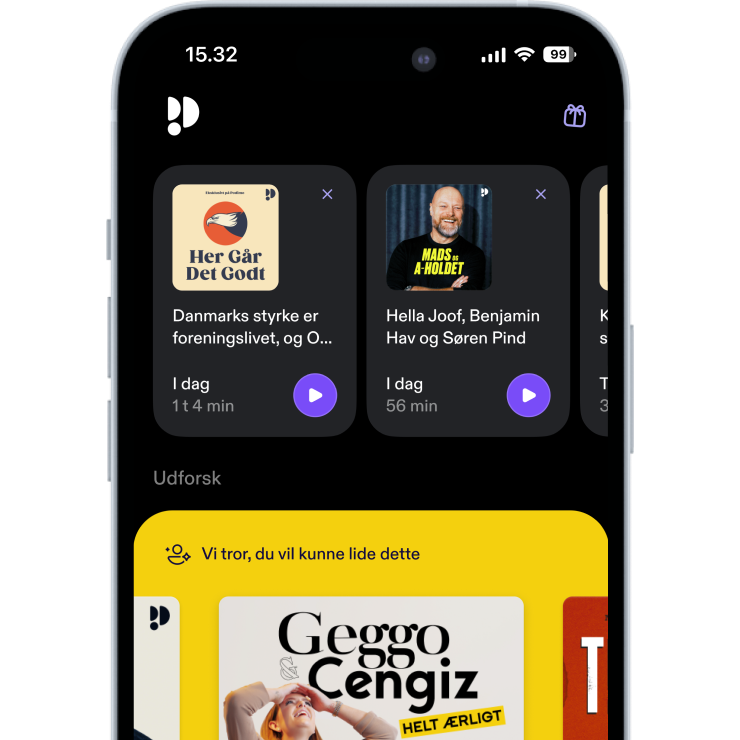
Mere end 1 million lyttere
Du vil elske Podimo, og du er ikke alene
Rated 4.7 in the App Store
Læs mere The FRONTLINE Dispatch
FRONTLINE Editor-in-Chief and Executive Producer Raney Aronson-Rath sits down with journalists and filmmakers for probing conversations about the investigative journalism that drives each FRONTLINE documentary and the stories that shape our time.Produced at FRONTLINE’s headquarters at GBH and powered by PRX.The FRONTLINE Dispatch is made possible by the Abrams Foundation Journalism Initiative.
Alle episoder
127 episoderFrom The Sunday Story on NPR’s Up First, hosted by Ayesha Rascoe. As North Carolina struggles to build back after Hurricane Helene, NPR correspondent Laura Sullivan travels to New York and New Jersey years after Superstorm Sandy to find how recovery efforts fell short. And we learn special interests are shaping how we put communities back together. This episode was produced by Graham Smith and Andrew Mambo. It was edited by Jenny Schmidt and Robert Little. Kwesi Lee mastered the episode. This series was co-reported with NPR and FRONTLINE, Jonathan Schienberg, Kate McCormick, Dana Ervin, Lauren Ezell Kinlaw and Refael Kubersky. You can watch Hurricane Helene’s Deadly Warning on FRONTLINE’s website [https://www.pbs.org/wgbh/frontline/documentary/hurricane-helenes-deadly-warning/], FRONTLINE’s YouTube channel [https://www.youtube.com/watch?v=7P1qTwlGeuY], and the PBS App [https://www.pbs.org/pbs-app/].
From The Sunday Story on NPR’s Up First, hosted by Ayesha Rascoe. NPR correspondent Laura Sullivan examines how the nation is failing to rebuild after major storms in a way that will protect them from the next one. As climate-related storms become more frequent and severe, NPR and FRONTLINE investigate the forces keeping communities from building resiliently, and the special interests that profit when communities don’t. Despite billions in federal aid, outdated policies, weak building codes, and political resistance are putting lives and homes at continued risk. This episode was produced by Graham Smith and Andrew Mambo. It was edited by Jenny Schmidt and Robert Little. Kwesi Lee mastered the episode. This series was co-reported with NPR and FRONTLINE, Jonathan Schienberg, Kate McCormick, Dana Ervin, Lauren Ezell Kinlaw and Refael Kubersky. You can watch the documentary Hurricane Helene’s Deadly Warning on FRONTLINE’s website [https://www.pbs.org/wgbh/frontline/documentary/hurricane-helenes-deadly-warning/], FRONTLINE’s YouTube channel [https://www.youtube.com/watch?v=7P1qTwlGeuY], and the PBS App [https://www.pbs.org/pbs-app/].
Last fall, Hurricane Helene tore through multiple states, leaving millions without power, billions of dollars in damage, and more than 200 people dead. In the days that followed, NPR correspondent Laura Sullivan and a team from FRONTLINE began reporting on the ground in Western North Carolina, one of the hardest-hit areas — despite being inland and elevated far above sea level. Over the course of several months, the team documented the community’s early attempts to recover and debates around how to build back. Hurricane Helene’s Deadly Warning is the latest in a series of films from FRONTLINE and NPR on storms and their aftermath. Drawing on more than a decade of collaborative reporting, the documentary examines the difficult choices facing communities impacted by disasters, and the country’s growing vulnerability to climate-fueled storms. Sullivan and the film’s director, Jonathan Schienberg, join FRONTLINE executive producer and editor-in-chief Raney Aronson-Rath to talk about what they saw in North Carolina, why they returned to the sites of earlier storms, including Houston and New York, and the tensions surrounding efforts to rebuild. Sullivan’s reporting pointed her to what she calls “the overall” questions on disaster response: “Why after 20 years since Katrina, are we still standing in these devastated places wondering how did this happen? And how did it happen here? And why are so many people dead? And that's when we started asking, is there a way to do this differently?” You can watch Hurricane Helene’s Deadly Warning on FRONTLINE’s website [https://www.pbs.org/wgbh/frontline/documentary/hurricane-helenes-deadly-warning/], FRONTLINE’s YouTube channel [https://www.youtube.com/watch?v=7P1qTwlGeuY], and the PBS App [https://www.pbs.org/pbs-app/]. Want to be notified every time a new podcast episode drops? Sign up for The FRONTLINE Dispatch newsletter [https://www.pbs.org/wgbh/frontline/dispatch-newsletter-subscription/].
For more than a year, FRONTLINE and ProPublica have been investigating a global network of far-right extremists known as the Terrorgram Collective. The recent documentary The Rise and Fall of Terrorgram explores how this white supremacist network grew on anonymous, loosely-moderated platforms — and the violent consequences. Reporters A.C. Thompson and James Bandler join The FRONTLINE Dispatch to talk about the ideas and rhetoric they found inside Terrorgram, and how they uncovered connections between the group and a deadly terror attack at an LGBTQ+ bar in Bratislava, Slovakia, that killed two people. “You can find hate speech on most internet spaces,” A.C. Thompson told host Raney Aronson-Rath, editor-in-chief and executive producer of FRONTLINE. “What was different about […] this Terrogram community that colonized Telegram for about five years is it wasn't just about speech. It was about actionable material.” You can stream The Rise and Fall of Terrorgram, directed by Thomas Jennings and Annie Wong, on FRONTLINE’s website [https://www.pbs.org/wgbh/frontline/documentary/the-rise-and-fall-of-terrorgram/], FRONTLINE’s YouTube Channel [https://www.youtube.com/watch?v=l8nsgzwuc_o&t=513s], or the PBS App [https://www.pbs.org/pbs-app/].
After 75 years of Chinese Communist Party rule in Tibet, and as Tibet’s spiritual leader, the Dalai Lama, approaches his 90th birthday, Tibet is at a critical juncture. FRONTLINE’s documentary Battle For Tibet goes inside the long-running struggle over the future of the mountainous region. Award-winning producer and director Gesbeen Mohammad joins The FRONTLINE Dispatch to discuss what the film reveals about life in Tibet now, and the uncertain future for Tibetan Buddhism, language and culture. Drawing on undercover footage, interviews with Tibet and China experts, Chinese government statements, and accounts from Tibetans now living in exile, Battle For Tibet examines the Chinese government’s tight control over the territory, including its system of boarding schools and a vast network of surveillance inside places like monasteries. “Tibet is one of the world's most tightly guarded regions,” Mohammad told Raney Aronson-Rath, FRONTLINE’s editor-in-chief and executive producer. “So it felt like an important area to examine…particularly as there are various allegations that some of the policies are infringing on Tibetan’s religion and unique culture.” You can stream Battle For Tibet on FRONTLINE’s website [https://www.pbs.org/wgbh/frontline/documentary/battle-for-tibet/], FRONTLINE’s YouTube channel [https://youtu.be/WDyMHiC_WGI?si=1eJr7icRz5sROYa5], or the PBS App [https://www.pbs.org/pbs-app/]. Want to be notified every time a new podcast episode drops? Sign up for The FRONTLINE Dispatch newsletter [https://www.pbs.org/wgbh/frontline/dispatch-newsletter-subscription/].

Rated 4.7 in the App Store
Begrænset tilbud
1 måned kun 9 kr.
Derefter 99 kr. / månedIngen binding.
Eksklusive podcasts
Uden reklamer
Gratis podcasts
Lydbøger
20 timer / måned




